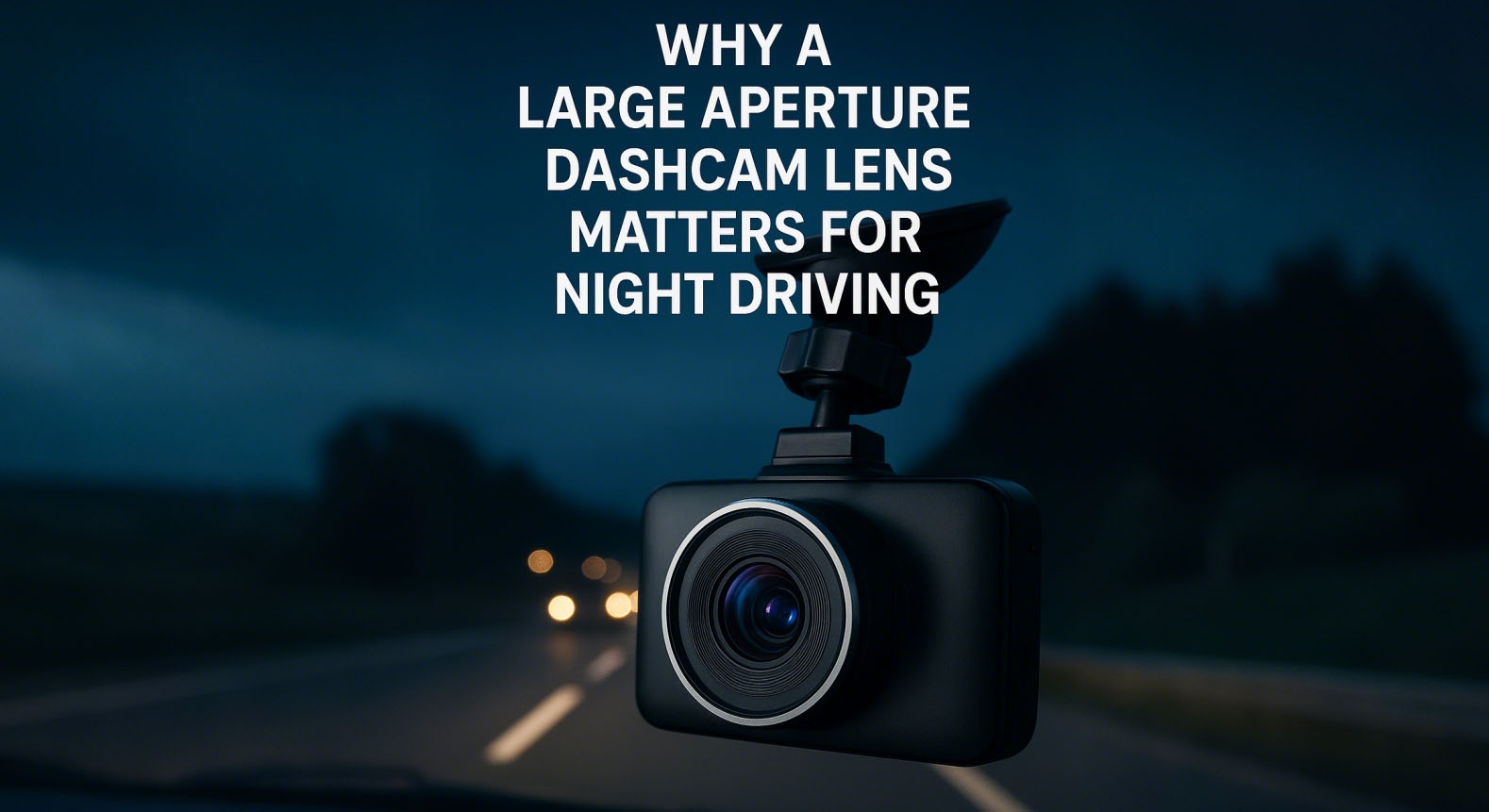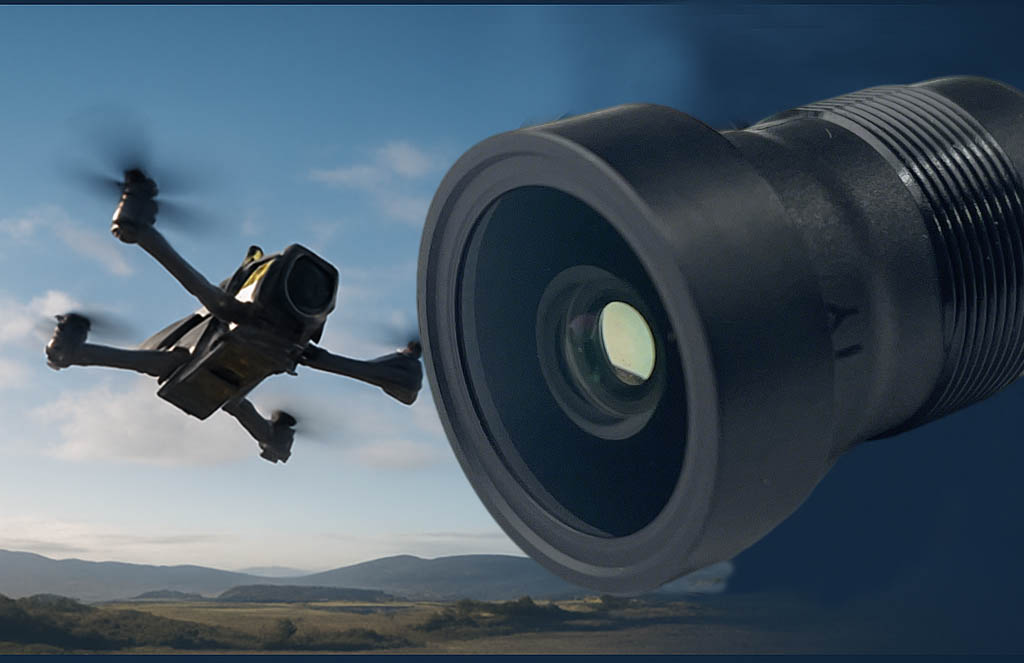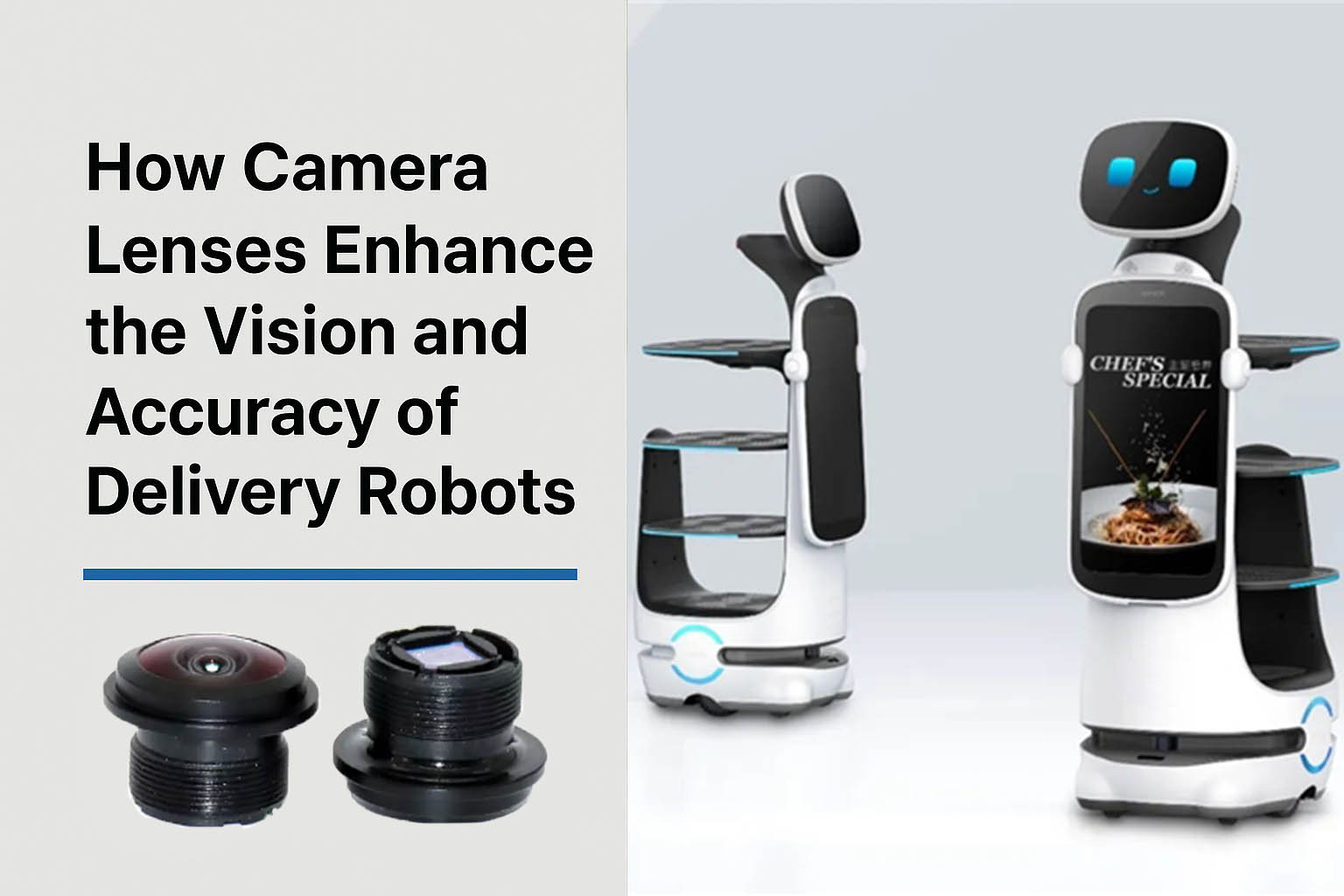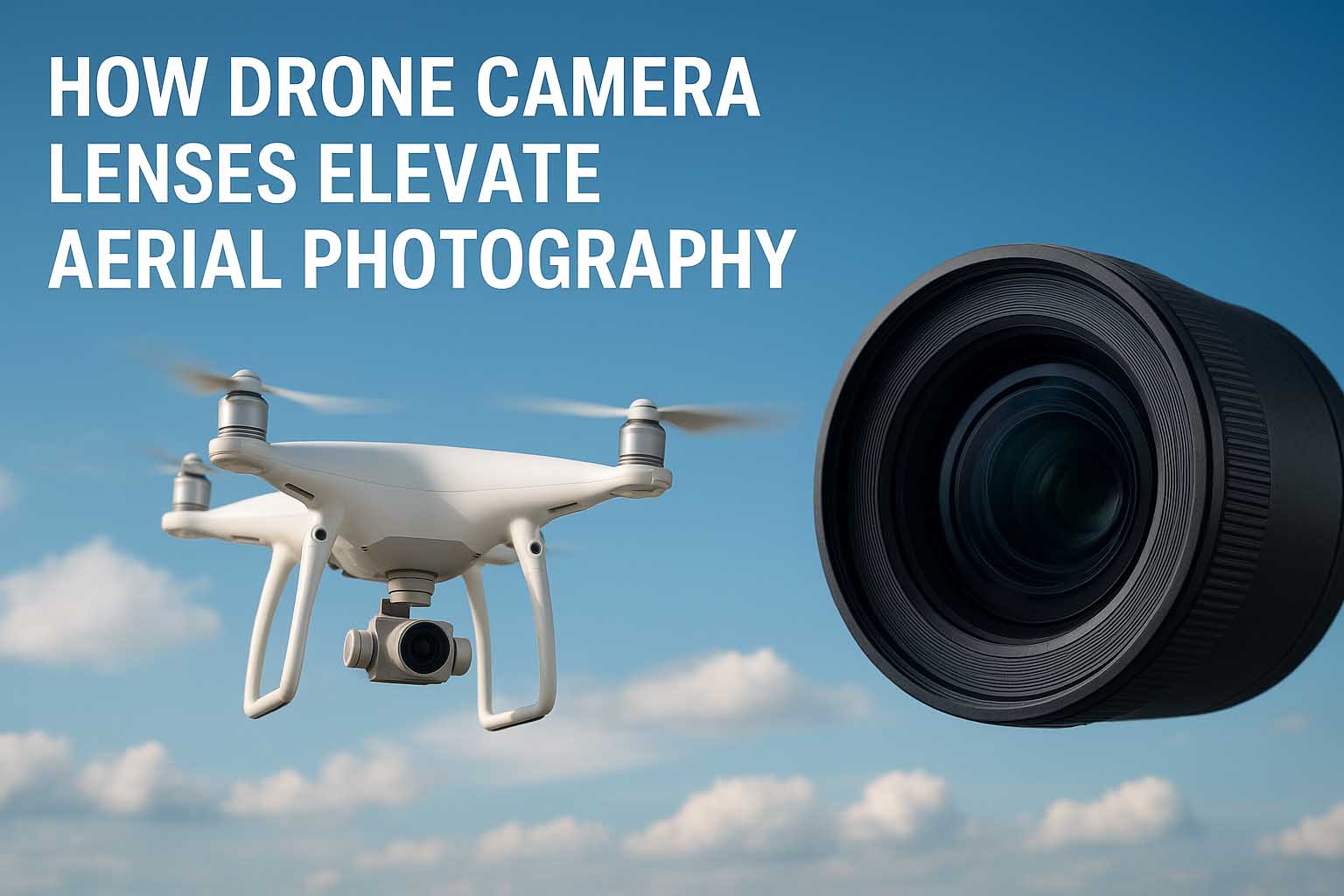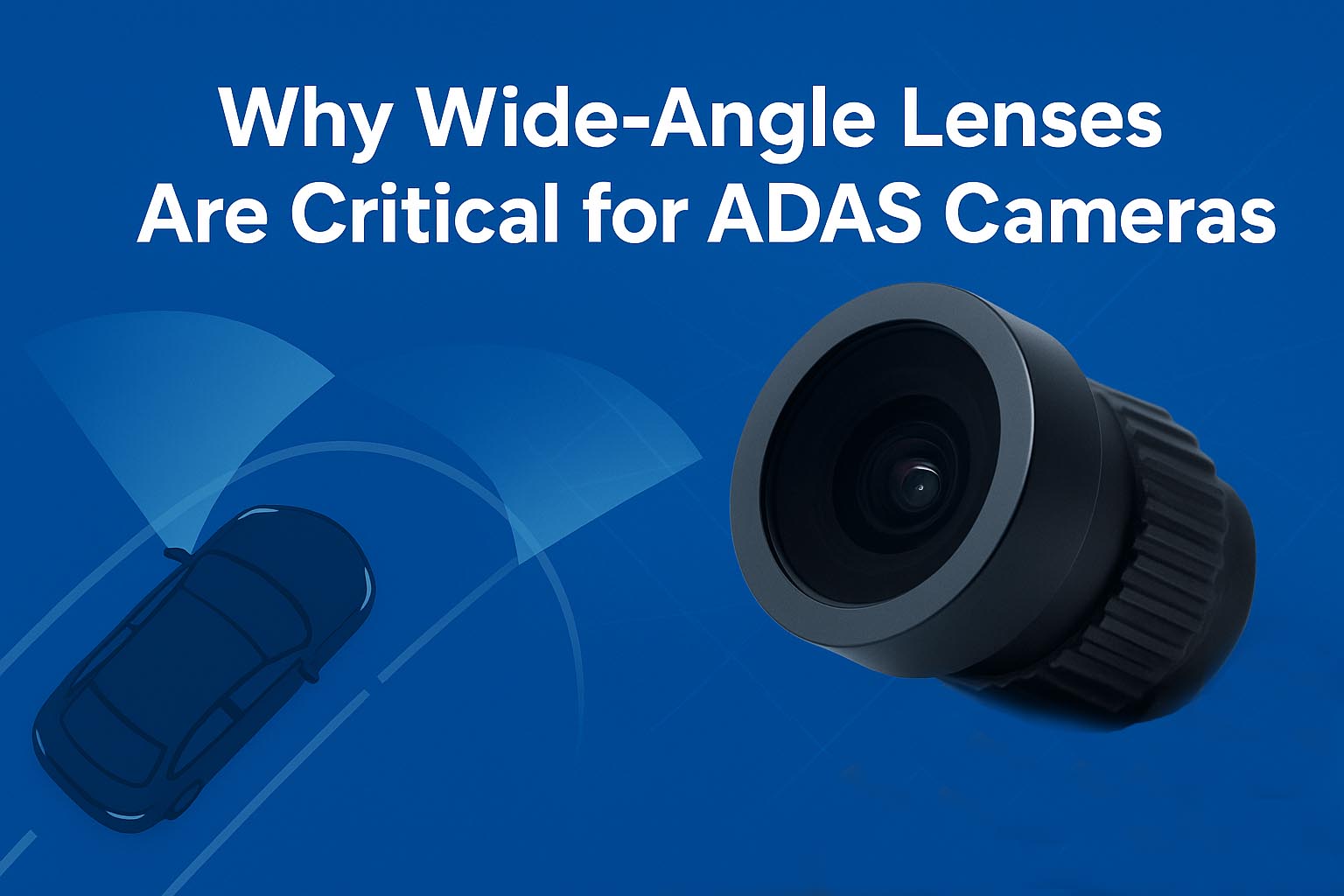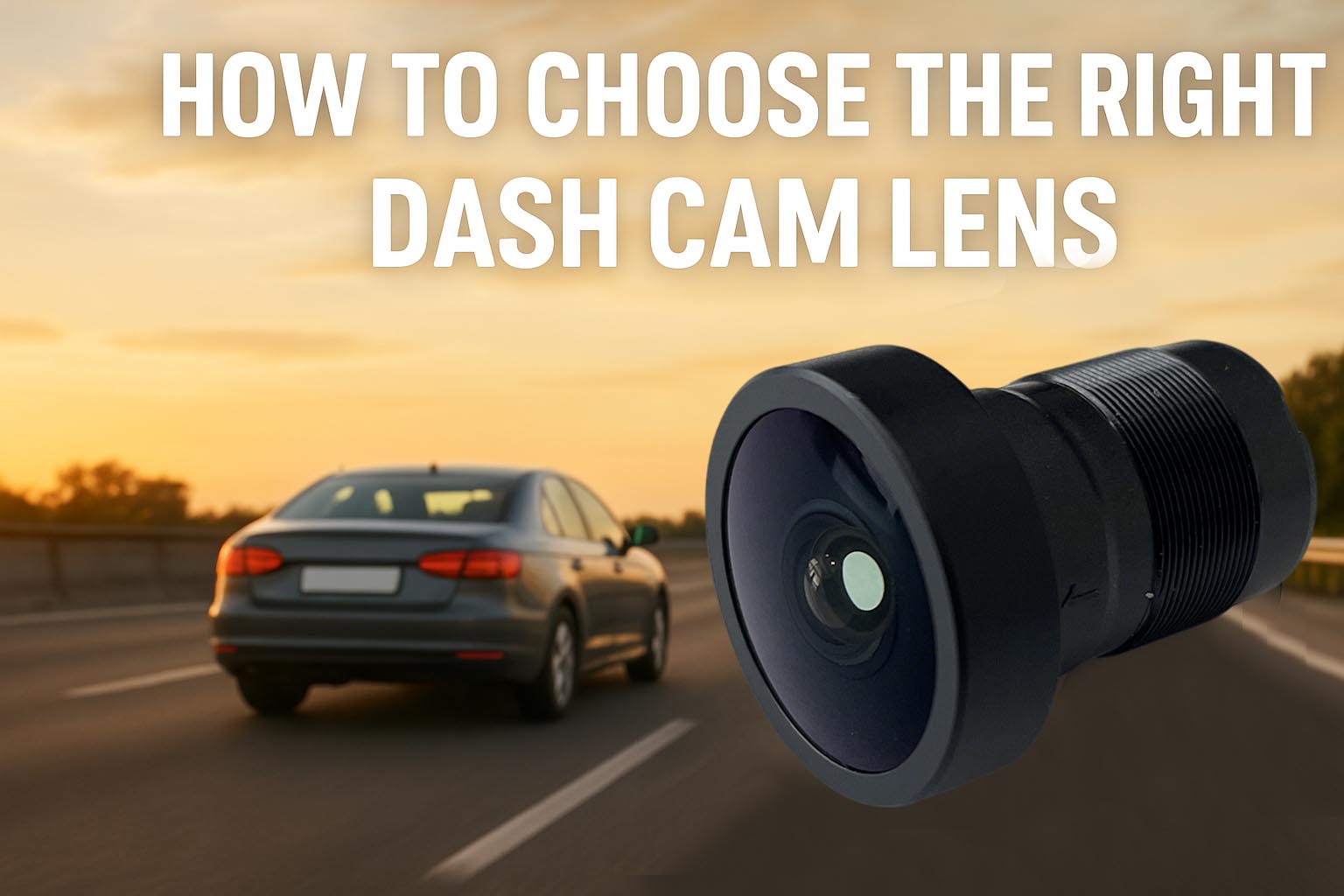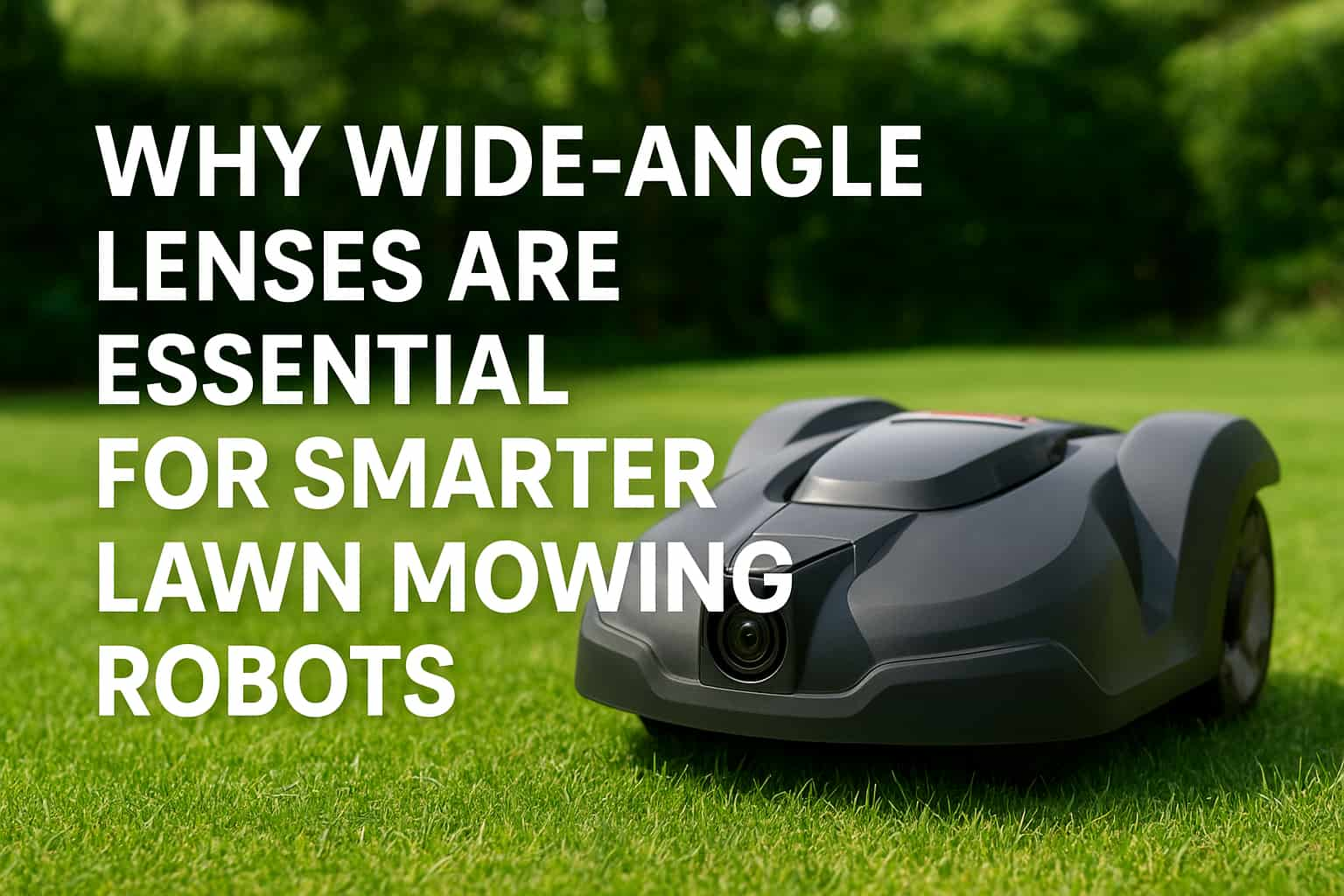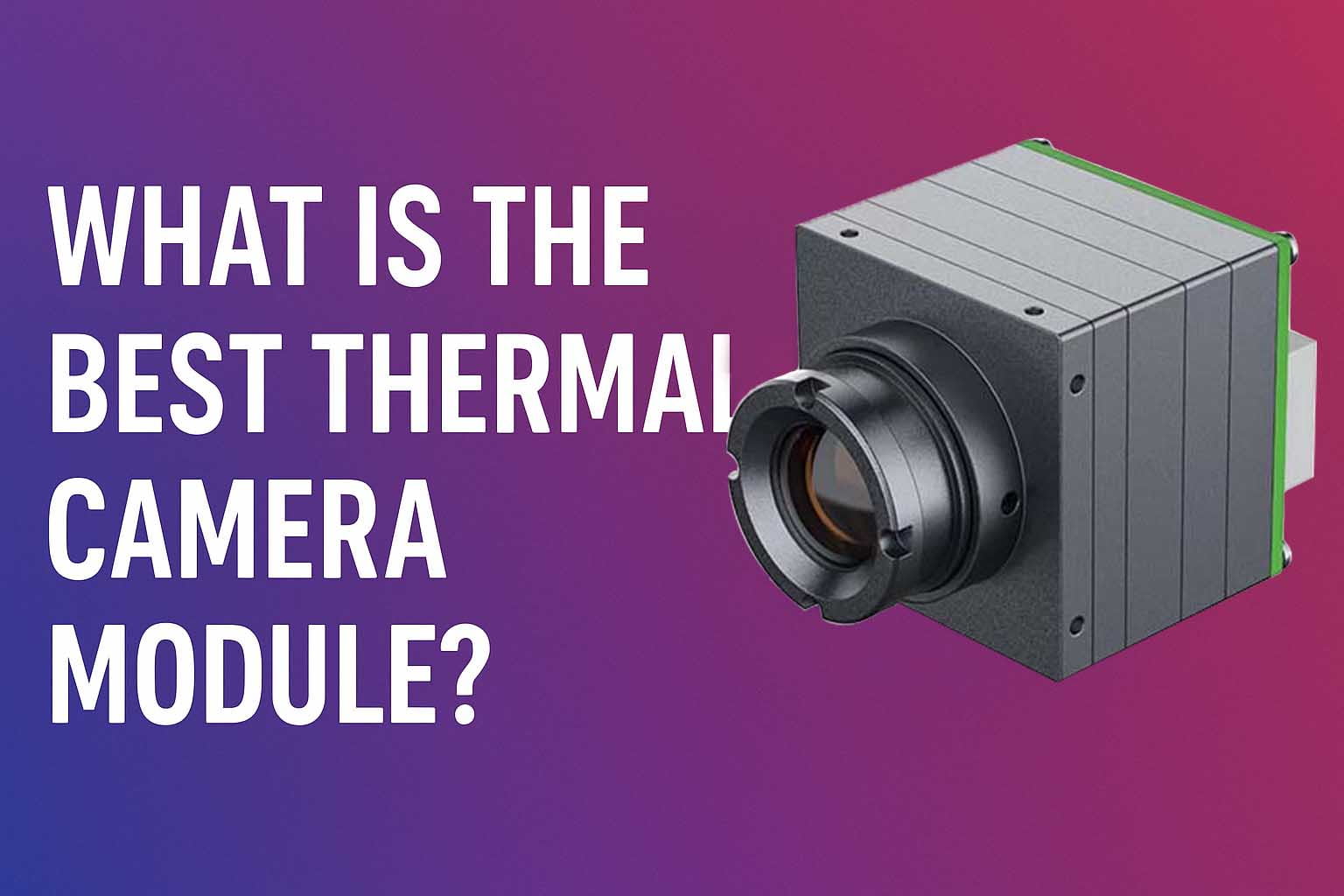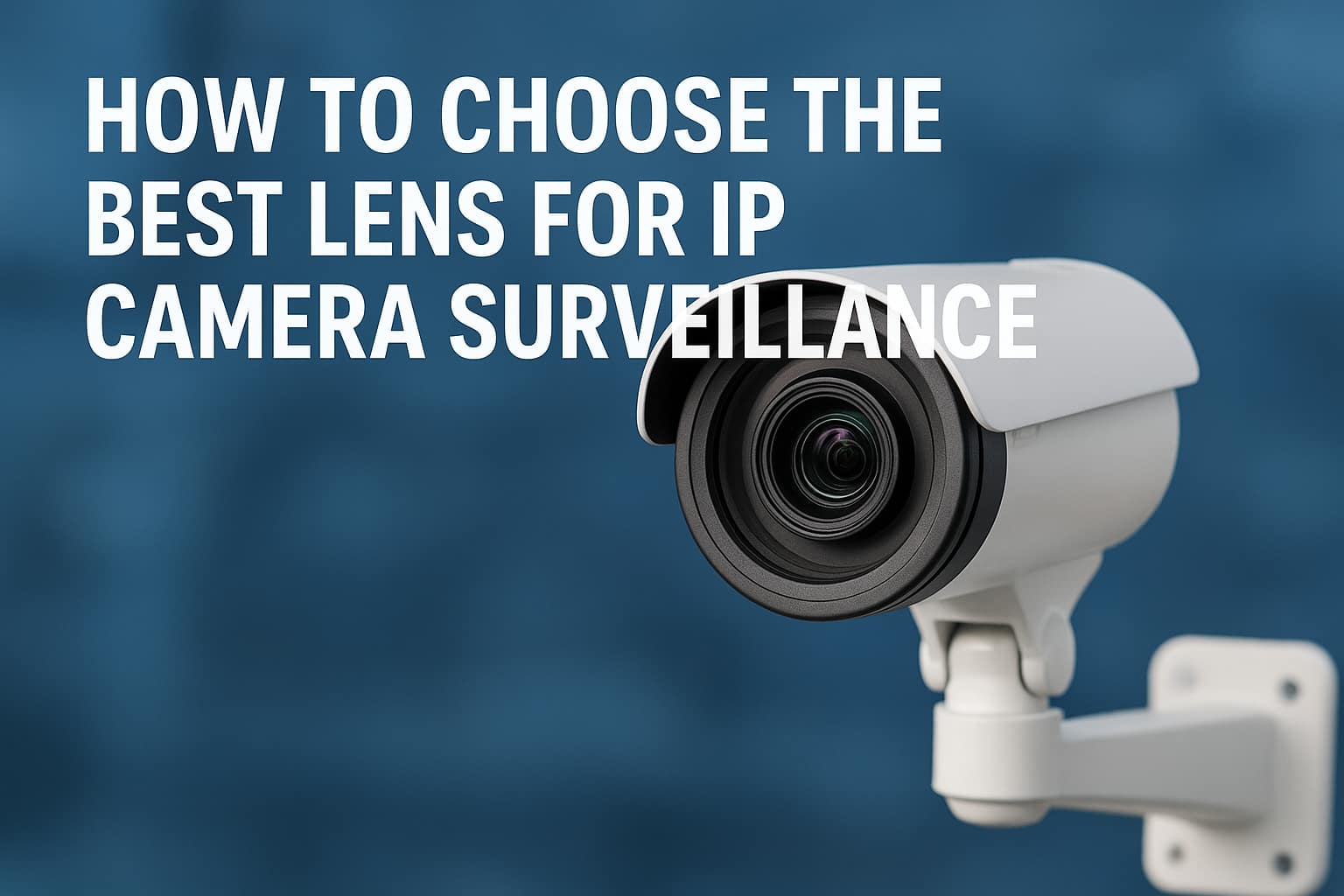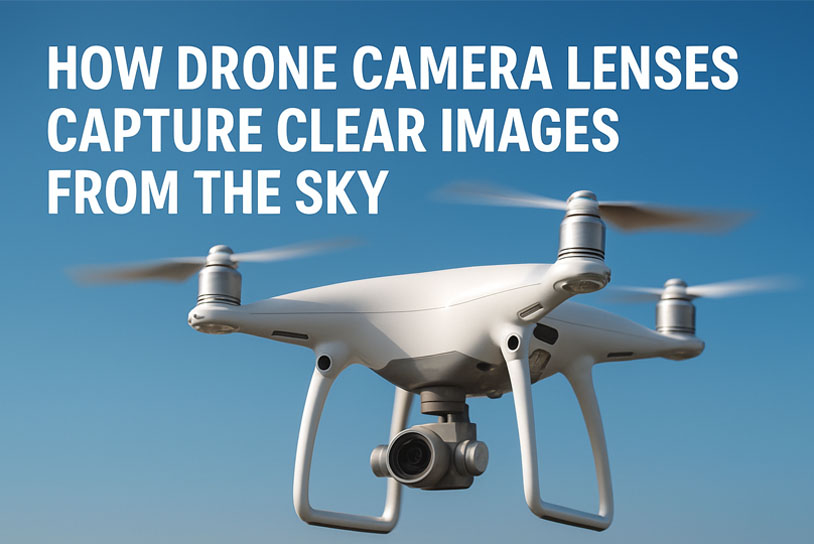How Drone Camera Lenses Elevate Aerial Photography?
Nov 12, 2025
In the world of aerial imaging, the drone camera lens is the key element that transforms flight data into stunning, high-definition visuals. Whether used for landscape photography, inspection, mapping, or surveillance, the performance of a drone lens determines how accurately and vividly a drone captures the world from above.
The Importance of Optical Precision in Aerial Imaging
A drone’s ability to produce stable, high-quality footage depends largely on the optical precision of its aerial photography lens. Unlike standard lenses, drone lenses must balance wide field of view, lightweight construction, and low distortion—ensuring that every image is sharp and geometrically accurate, even when taken from high altitudes or at high speeds.
High-end drone camera lenses are designed with specialized coatings and aspherical elements to minimize chromatic aberration and glare caused by direct sunlight. This enables drones to maintain excellent image contrast and color fidelity, even in bright outdoor environments.
Wide-Angle Lenses for Broader Perspectives
A wide-angle lens is essential for most aerial applications. It allows the camera to capture expansive landscapes and structural details in a single frame, making it ideal for surveying, environmental monitoring, and cinematic shots.
By expanding the field of view while maintaining low optical distortion, wide-angle drone lenses help pilots and mapping systems achieve more accurate data collection and spatial representation—key requirements for industrial and commercial drone operations.
Adapting to Environmental Challenges
A reliable drone lens must endure the unpredictable conditions of aerial work—temperature fluctuations, vibration, and humidity. High-quality optical materials and precise mechanical design ensure focus stability and resistance to optical drift, maintaining consistent image performance across long flight durations.
Additionally, lenses with anti-fog coating and dust-resistant structures allow drones to operate effectively in high-humidity or dusty outdoor environments, ensuring that the captured footage remains clear and reliable.
High Resolution and Low Distortion for Professional Results
For mapping and inspection tasks, accuracy matters as much as beauty. A low-distortion lens ensures the captured image corresponds precisely to real-world dimensions, while high-resolution optical design delivers fine detail and sharpness across the frame.
These features are critical for drone applications such as powerline inspection, agricultural analysis, and infrastructure monitoring—where clarity and measurement precision determine operational success.
The Future of Drone Imaging
As drone technology advances, lenses are evolving to meet higher standards of resolution, sensitivity, and environmental durability. Manufacturers are focusing on optimizing aperture control, multi-layer coatings, and lightweight composite materials to support longer flight times and more complex imaging missions.
Whether for creative aerial cinematography or industrial surveying, the demand for precision-engineered drone camera lenses continues to rise. Optical innovation will remain the foundation for smarter, safer, and more efficient drone vision systems.
About Wintop Optics
With over 19 years of expertise in precision optical engineering, Wintop Optics specializes in developing high-quality lenses for drones, automotive vision, surveillance, and intelligent imaging applications. Our drone lens solutions are designed to meet the highest standards of clarity, durability, and stability—empowering aerial systems with reliable vision from takeoff to landing.
